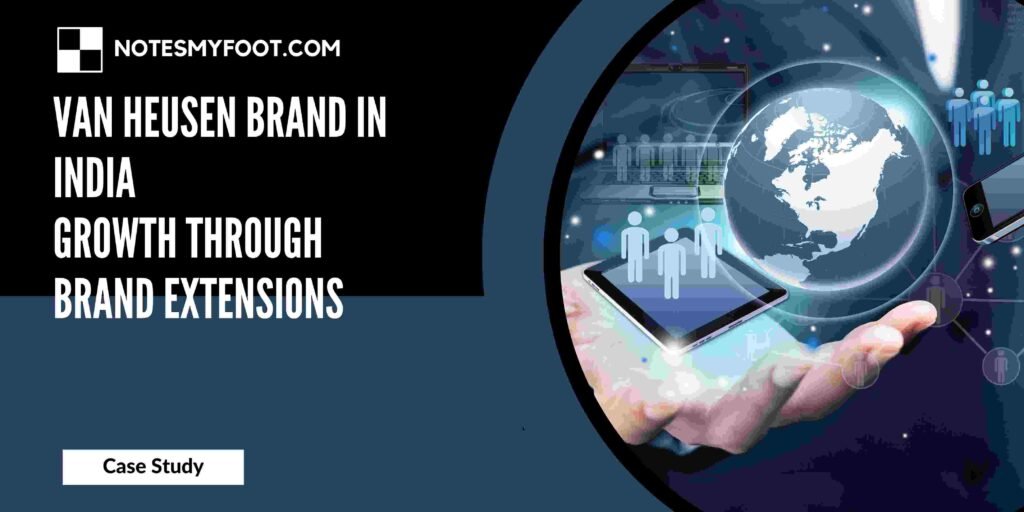
Case Study of The 'Dark Knight' Campaign
The world of advertising has witnessed a significant transformation in recent years, fueled by the rise of web-enabled platforms and the need for innovative promotional approaches. One such groundbreaking campaign was executed by Warner Brothers for the release of the highly anticipated movie, ‘The Dark Knight.’ In this blog post, we will delve into the fascinating realm of Alternate Reality Gaming (ARG) and explore how Warner Brothers leveraged it as a powerful tool for audience engagement and promotion.
Section 1: The Beginning
The inception of the ‘Dark Knight’ campaign was marked by a cleverly orchestrated series of events that left fans intrigued and hungry for more. Warner Brothers set the stage by creating subtle hints and teasers across various online platforms, sparking curiosity among the target audience. By capitalizing on the existing fan base of Batman Begins, they managed to generate significant buzz and anticipation for the upcoming movie.
Section 2: The Scavenger Hunt
To intensify the engagement and foster a sense of adventure, Warner Brothers designed an elaborate scavenger hunt that took place both online and offline. Clues were strategically placed across different mediums, including websites, billboards, and even real-world locations. Participants had to unravel intricate puzzles, leading them deeper into the immersive world of ‘The Dark Knight.’ This unique approach not only captivated fans but also attracted a wider audience through word-of-mouth and social media sharing.
Section 3: The Campaign Takes a Turn
Just when participants thought they had grasped the extent of the campaign, Warner Brothers unleashed a twist that took everyone by surprise. The sudden appearance of enigmatic symbols associated with the iconic villain, the Joker, added an air of mystery and unpredictability. This unexpected turn not only heightened the excitement but also showcased the studio’s ability to adapt and evolve the narrative in response to the audience’s engagement.
Section 4: The Joker Returns
As the campaign progressed, the enigmatic presence of the Joker became a central focus. Warner Brothers utilized various online platforms, such as The Gotham Times and The HaHaHa Times, to disseminate cryptic messages and riddles. This ingenious approach not only blurred the lines between fiction and reality but also deepened the emotional connection between the audience and the movie’s storyline.
Section 5: The End Game
The climax of the ‘Dark Knight’ campaign featured a grand finale that brought together all the elements of the ARG experience. Participants were invited to a live event, where they had the opportunity to interact with the movie’s characters and solve final puzzles. This immersive experience provided a sense of closure while leaving fans eagerly awaiting the movie’s release.
Section 6: Behind the Curtains
Conclusion:
The ‘Dark Knight’ campaign stands as a remarkable example of how Warner Brothers effectively harnessed the power of Alternate Reality Gaming to promote and engage audiences in an unprecedented manner. By embracing emerging trends in advertising and leveraging the web-enabled world, they not only created a sense of anticipation but also fostered a deep emotional connection between the audience and the movie. This campaign not only revolutionized promotional strategies but also set a new benchmark for audience engagement in the film industry. Also got to know about the Maruti Suzuki’s Advertising Strategies: Driving Success in the Indian Passenger Car Industry









